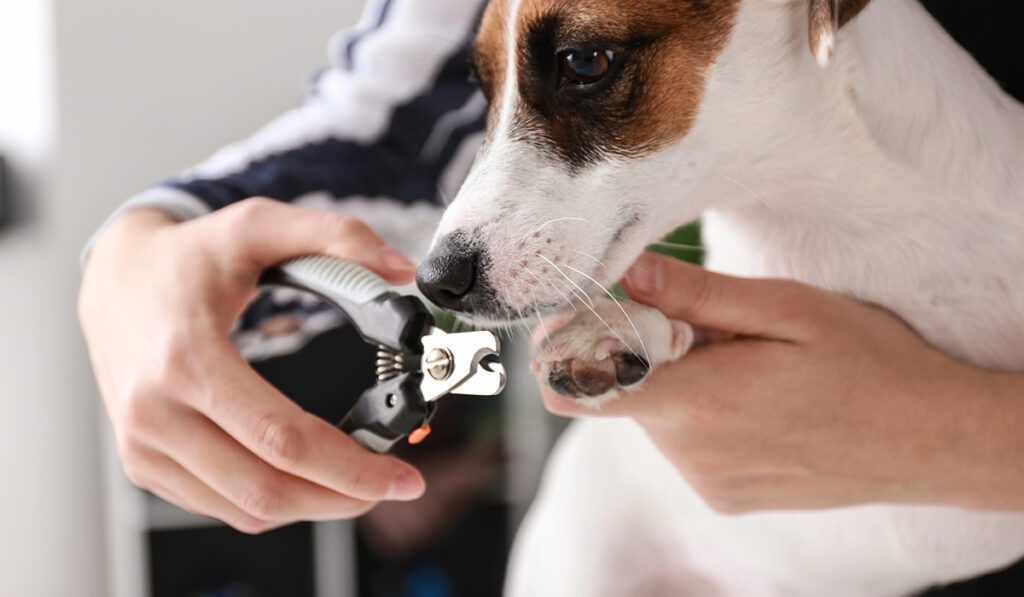Trimming your pet’s nails—whether it’s your dog or cat—can feel intimidating if you’re not used to it. However, regular nail trimming is crucial for your pet’s health, comfort, and even the safety of your home and furniture.
Why Regular Nail Clipping is Important for Cats and Dogs
Long nails can cause a range of problems for your cat or dog, from discomfort to health issues. Overgrown nails can curl and grow into the paw pads, leading to pain and infections. They also put unnecessary pressure on toe joints, potentially causing arthritis or other joint problems. Long nails can also scratch furniture, floors, and even injure other pets or family members. Keeping your pet’s nails trimmed will help prevent these problems and promote overall paw health.

How Often Should You Trim Your Pet’s Claws?
For active pets that spend a lot of time outdoors, natural surfaces like pavement and grass can help wear down their nails. However, if your pet is mostly indoors, elderly, or less mobile, you will need to trim their nails every few months to keep them at a healthy length.
For dogs, a good rule of thumb is to listen for the sound of their nails clicking on the floor—if you hear it, it’s time for a trim. For cats, check if their claws are visible even when retracted. If so, it’s nail clipping time!

Essential Tools for Cat and Dog Nail Clipping
- Pet Nail Clippers: Choose between guillotine-style or scissor-style clippers, depending on your pet’s size. Always use sharp clippers to ensure a clean, quick cut.
- Styptic Powder: Accidents happen. Keep styptic powder handy in case you cut the nail too short and hit the quick—the sensitive part of the nail that contains blood vessels. This powder will help stop any bleeding.
Having a second person to help hold and calm your pet during nail trimming can make the experience smoother for both you and your pet.
Reducing Stress During Pet Nail Clipping
Both you and your pet need to stay calm during nail trimming. Start by getting your dog or cat comfortable with having their paws handled. Let them see and hear the clippers beforehand to reduce anxiety.
Reward your pet with treats throughout the process to create positive associations. Remember, it’s okay to trim just a few nails at a time if either of you becomes stressed. Patience is key to successful nail trimming.

Top Tips for Clipping Dog Nails
- Position your dog on a table or in your lap so their nails are off the floor.
- Cut small amounts at a time. If your dog has white nails, you can easily see the quick and avoid cutting into it. For dogs with black nails, cut very small amounts until you see a circle appear in the middle of the nail—this indicates you’re close to the quick.
- Don’t forget to trim the dew claws, located on the upper, inner part of your dog’s paw.

Top Tips for Clipping Cat Claws

- Hold your cat securely on your lap or have someone help hold them.
- Gently press on the paw pad to extend the claws. Be mindful, as cats’ paws are very sensitive.
- Most cats have clear claws, making it easy to see the quick and avoid it. For cats with black claws, follow the same cautious approach as with dogs.
Regularly trimming your cat’s and dog’s nails is an essential part of their grooming routine. With these tips, you can ensure a safer and more pleasant experience for both you and your pet.






